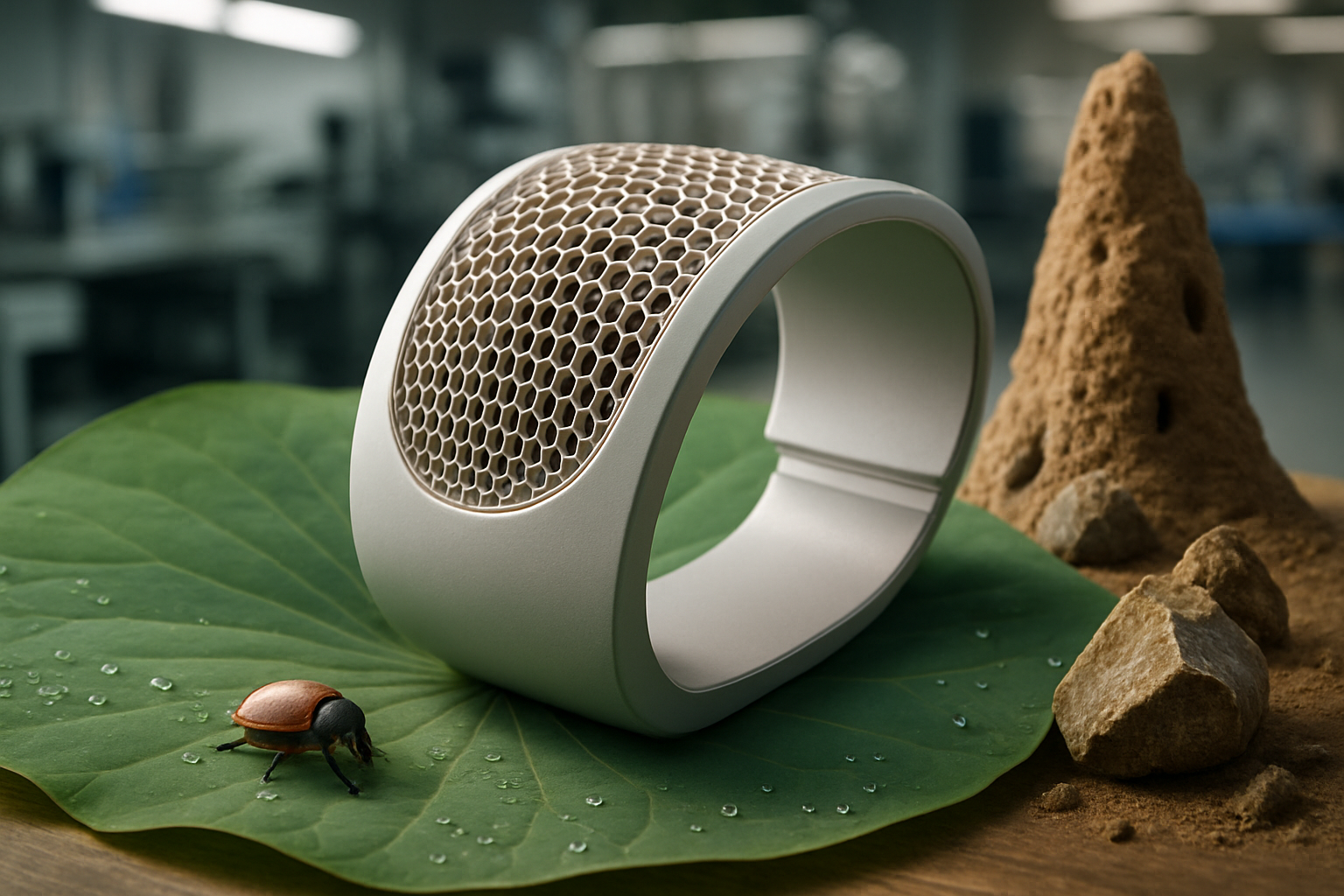Biomimicry in Industrial Design: Nature-Inspired Solutions
Industrial design has long sought innovative solutions to complex challenges. Today, a groundbreaking approach is gaining traction: biomimicry. This revolutionary concept draws inspiration from nature's time-tested patterns and strategies to create more efficient, sustainable, and effective industrial solutions. By emulating nature's genius, companies are unlocking new potentials in product development, manufacturing processes, and organizational structures.

The Origins of Biomimicry in Industry
Biomimicry, a term coined by author and sustainability expert Janine Benyus in 1997, involves studying nature’s best ideas and then imitating these designs and processes to solve human problems. While the concept has existed for centuries, its formal application in industrial design has gained significant momentum in recent decades.
Early examples of biomimicry in industry include the development of Velcro, inspired by the way burrs stick to animal fur. Since then, the field has expanded dramatically, with companies across various sectors leveraging nature’s wisdom to drive innovation and sustainability.
Nature-Inspired Material Innovations
One of the most promising areas of biomimicry in industrial design is the development of new materials. By studying natural structures and compositions, researchers have created materials with extraordinary properties that outperform traditional options.
For instance, spider silk has inspired the creation of ultra-strong, lightweight fibers that could revolutionize industries from aerospace to protective gear. Similarly, the water-repellent properties of lotus leaves have led to the development of self-cleaning surfaces, reducing maintenance costs and improving product longevity.
Biomimetic Manufacturing Processes
Beyond materials, biomimicry is reshaping manufacturing processes themselves. Nature’s efficient, waste-free cycles are providing blueprints for more sustainable and cost-effective production methods.
One striking example is the creation of adhesives inspired by the gecko’s ability to adhere to surfaces. These new adhesives offer strong bonding without the use of toxic chemicals, aligning with growing demands for environmentally friendly manufacturing practices.
Energy Efficiency Through Natural Design
Energy consumption remains a critical concern for industries worldwide. Biomimicry offers innovative approaches to energy efficiency by mimicking nature’s energy-saving strategies.
Buildings designed after termite mounds, for instance, have shown remarkable temperature regulation capabilities, reducing the need for artificial heating and cooling. In the automotive sector, the boxfish’s streamlined shape has inspired more aerodynamic vehicle designs, improving fuel efficiency.
Organizational Structures Inspired by Nature
Biomimicry extends beyond physical design to influence organizational structures and management strategies. By studying the decentralized decision-making of ant colonies or the adaptive resilience of forest ecosystems, businesses are reimagining their operational models.
This approach has led to more flexible, resilient organizational structures that can better adapt to market changes and disruptions. Companies implementing these nature-inspired models often report improved efficiency, innovation, and employee satisfaction.
Biomimicry Best Practices for Industries
• Conduct comprehensive biological research to identify relevant natural models
• Collaborate with biologists and ecologists to ensure accurate interpretation of natural processes
• Invest in interdisciplinary teams that combine expertise in biology, engineering, and design
• Prioritize sustainability alongside functionality in biomimetic solutions
• Implement iterative design processes to refine and optimize nature-inspired innovations
As we continue to face complex industrial challenges, biomimicry offers a fresh perspective and a vast reservoir of potential solutions. By turning to nature’s 3.8 billion years of evolution and adaptation, industries can discover more efficient, sustainable, and innovative ways of operating. The key lies in fostering a deep understanding and appreciation of natural systems, and in cultivating the creativity to apply these lessons to human-made designs and processes. As more companies embrace this approach, we may well be on the cusp of a new era in industrial design — one that harmonizes human ingenuity with the wisdom of the natural world.




